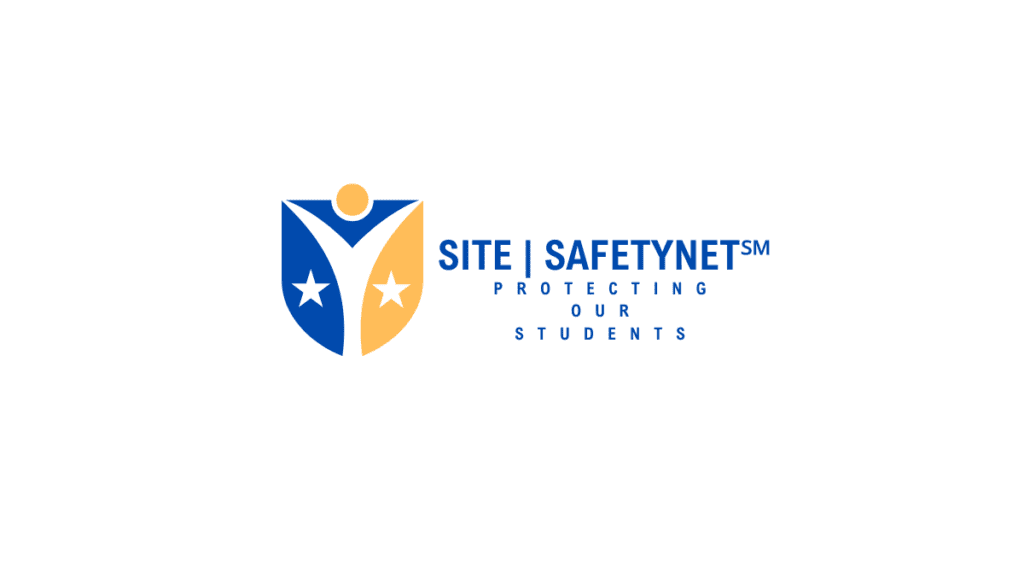 By Robert Jordan
By Robert Jordan
K-12 education must adapt to prepare students for future challenges in today’s rapidly evolving world. One of the most effective ways to achieve this is through integrating STEM (Science, Technology, Engineering, and Mathematics) education. At SITE|SAFETYNET℠, we recognize the transformative power of STEM in equipping students with critical skills and fostering innovative thinking.
The Importance of STEM Integration
STEM education goes beyond traditional teaching methods by emphasizing hands-on learning and real-world applications. This approach helps students develop problem-solving skills, creativity, and critical thinking—essential competencies for the 21st century. By integrating STEM into the K-12 curriculum, schools can provide students with a strong foundation in these vital areas, preparing them for careers in high-demand fields.
Benefits of STEM in K-12 Education
-
Enhanced Engagement: STEM activities are often interactive and project-based, making learning more engaging and enjoyable for students.
-
Real-World Applications: Students learn how to apply their knowledge to real-world problems, making education more relevant and practical.
-
Improved Problem-Solving Skills: STEM education encourages students to think critically and develop solutions to complex problems.
-
Preparation for Future Careers: A strong STEM foundation opens up numerous career opportunities in fields such as engineering, technology, healthcare, and environmental science.
Implementing STEM in Schools
Successful STEM integration requires a strategic approach. Here are some steps schools can take:
-
Professional Development for Teachers: Provide ongoing training for teachers to help them effectively deliver STEM education and stay updated with the latest advancements.
-
Hands-On Learning Opportunities: To make STEM subjects more engaging, incorporate labs, experiments, and project-based learning into the curriculum.
-
Partnerships with Industry: Collaborate with local businesses and organizations to provide students real-world experiences and mentorship opportunities.
-
STEM Clubs and Competitions: Encourage participation in STEM-related clubs and competitions to foster a love for science and technology outside the classroom.
Conclusion
Integrating STEM education into the K-12 curriculum prepares students for future success. At SITE|SAFETYNET℠, we are dedicated to supporting schools in this endeavor by providing tools and resources that enhance learning and safety. By embracing the power of STEM, we can equip our students with the skills they need to thrive in an increasingly complex world.
For more information on how SITE|SAFETYNET℠ can assist your school in creating safer learning environments in real-time for effective STEM education strategies, please visit our website or contact us directly. Together, we can make a brighter future for our students. OVERVIEW HERE!
Protecting Our Students, Inc.
The Importance of K-12 School Safety in the US Education System

